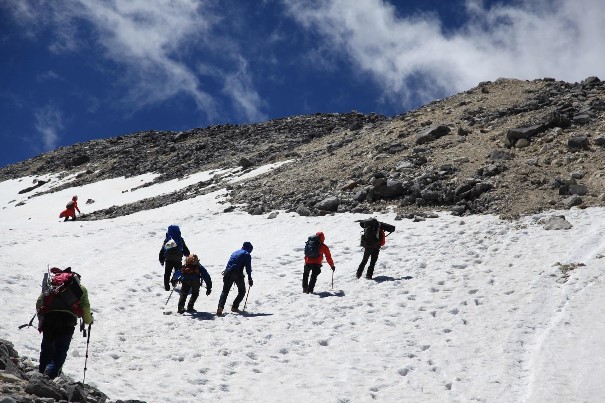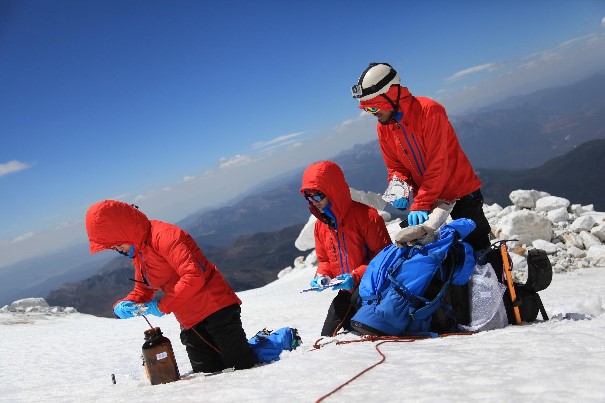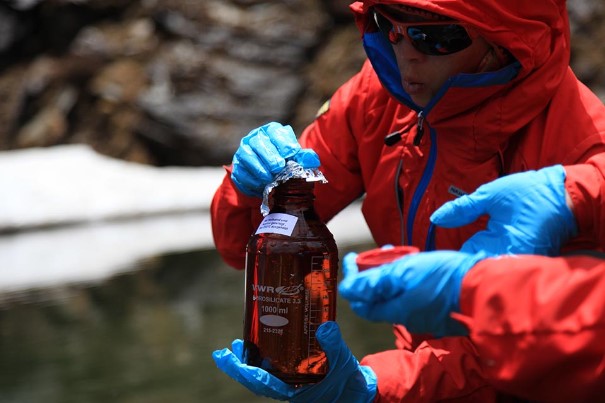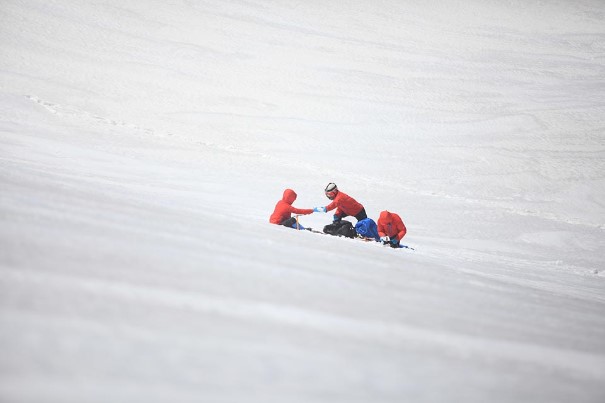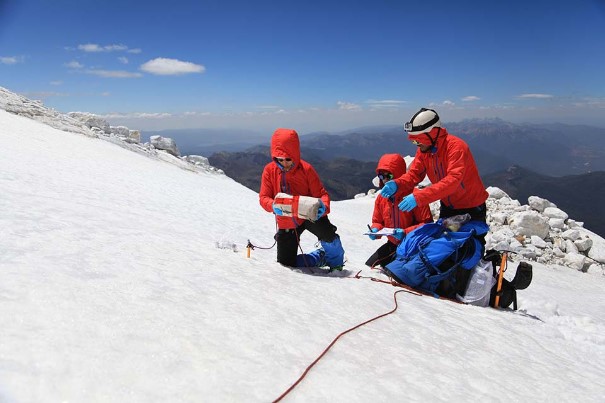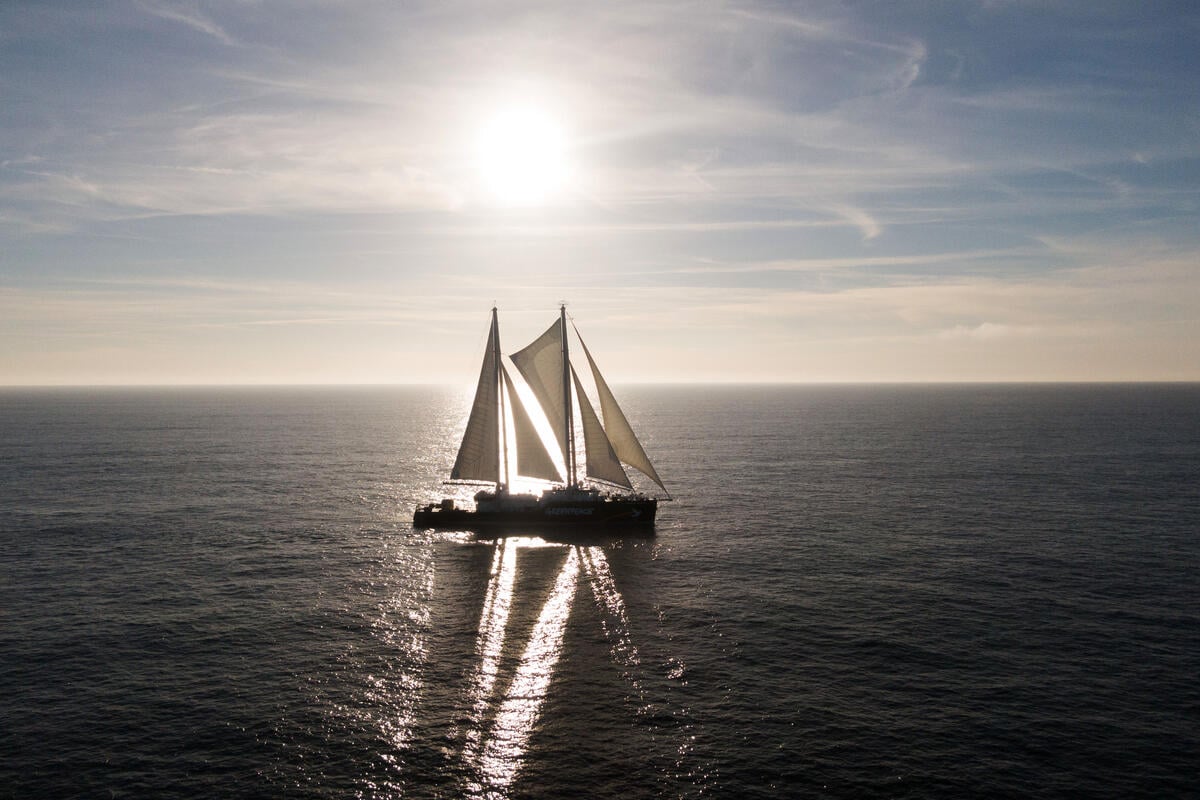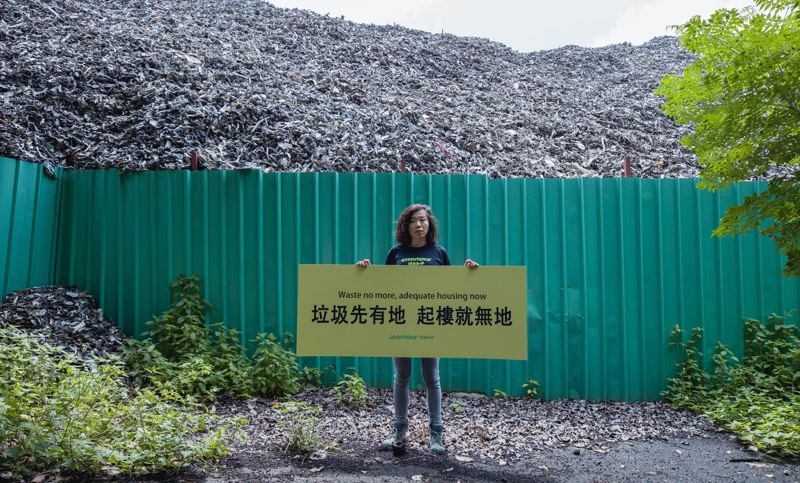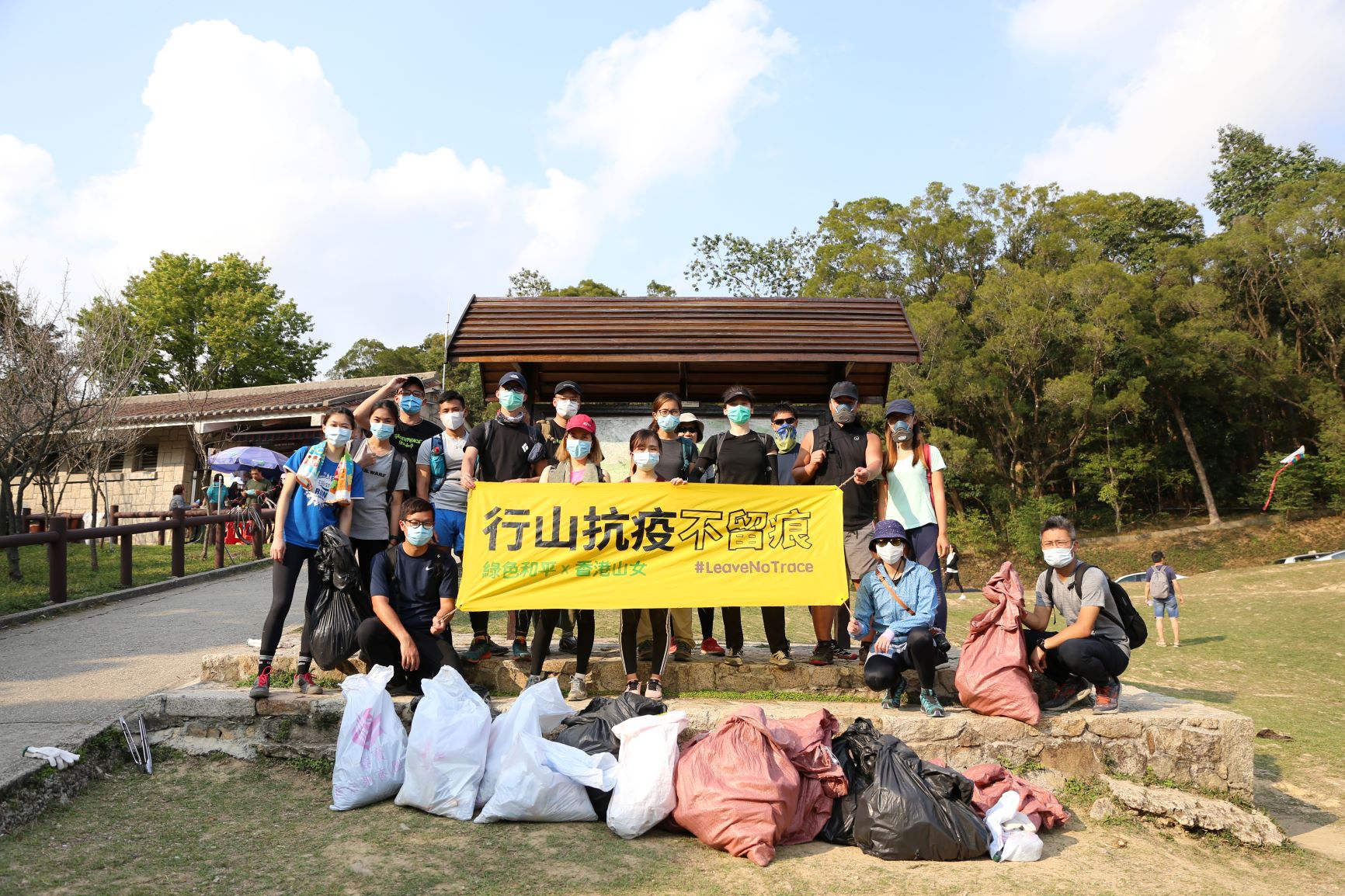When we set out on our mission to the Haba Snow Mountain, I had no idea how tough the conditions we were about to endure would be. At an altitude of 4000m above sea level, we practically had to relearn how to walk and even crawl as we battled powerful gale force winds and altitude sickness, all the while carrying the heavy and delicate equipment needed for sampling snow and water.
Our base camp was at 4,070m. We stayed in a simple stone house furnished with sturdy bunk beds. This was a luxury. Before 2009, the only options were to sleep in a roofless cowshed under the stars — beautiful, but painfully cold — or set up camp yourself.
On the day of the expedition, we got up at 3am, ate breakfast and prepared to leave. The sky was full of stars and the Milky Way was clear as a silk ribbon. But as we got ready to set out, we realised the mountains had made their own plans. The Haba Snow Mountain had whipped up a gale force wind. Our guide, Haosi, estimated that the ridge we needed to climb was being blasted by gale force 8 – 9 winds.
This is when we learned one of our most humbling lessons: no matter how well prepared you are, when it comes to nature, a respectful attitude is key.
After waiting 3 hours, we faced a dilemma. If we waited any longer, we might not be able to return to base camp before nightfall, but we also had no idea if weather conditions the next day would be any better. After much discussion, we decided to brave the ferocious mountain weather.
Even before we’d reached the snow line, the climbing was gruelling. When we finally reached it, everything suddenly turned a shocking white. We put on crampons and gaiters, and attached ropes to our safety belts. Following Haosi’s lead, we continued up the mountain to an altitude of 4,900m.
Sampling is a precise process. We first had to find somewhere that was truly untouched by human contact, which meant trekking 30 minutes off the usual path through the deep snow. When we collected the samples from the snow slope we had to be extremely careful as even the way we positioned ourselves and the way we opened the bottles could contaminate the samples. All the while, our hands were stiffening in the icy mountain winds.
We collected the snow in special bottles that had to be sealed with aluminium foil. As we proceeded down the mountain, the bottles’ air pressure had to be equalized every 500m.
That one day expedition took 12 hours. With a 20kg pack on my back and at an altitude of 5,000m, even the deepest of breaths could not satisfy my body’s craving for oxygen.
Getting back to base camp was a relief. Our mission was complete. But none of it could have been achieved without our amazing team: our guides, Haosi and his nephew Asi, who checked our equipment meticulously and kept a watchful eye for signs of altitude sickness; and our camera crew, photographer Xia Derui and our cameraman Saipulami, who, each carrying over 7kg of equipment, struggled on, despite headaches and nausea.
Here’s what I learned about how to survive at 5,000m above sea level:
Tools:
Ice axe: The ice axe was an essential tool for crossing the snow slope. It was my walking stick and my all important ‘handbrake’ whenever I slipped.
Crampons: Attached to the bottom of our hiking shoes, they ensured our grip on the snow and ice.
Safety harness: Our safety harnesses were elastic with a belt and fastener at the waist. They not only kept us tied together but were essential for securing all our equipment.
Rope: Once we got to the snow line, we had to tie ourselves together as a rope team, and climb up as one. The rope was connected to the fastener on each person’s safety belt. The head of the rope was fastened onto the relay station while the other was attached to each person’s safety belt.
Keeping Warm
We kept warm by staying mobile and layering up. We wore three layers of clothing: thermal underwear, a down jacket and an outer, waterproof, layer. Fleece hats and bandanas maintained our body heat and were an extra protection from the burning rays of the high-altitude sun.
Altitude sickness
Before we set out to climb, Asi told us that we must let him know as soon as we got a headache or started to feel nauseous. Nausea at altitude can come and go. But if it lasts for a long time, it signals danger. Altitude can cause unbearable migraines, which can lead to dizziness or even cerebral edema, the potentially lethal condition of excess fluid around the brain — every mountaineer’s biggest fear. If someone on the team had these symptoms, the whole team had to return back to base; that was Asi’s bottom line.
Power
The temperatures were so low that they would have drained all our batteries, so we had to store them all in our sleeping bags when we went to sleep.
Food
To keep up our energy we drank water and butter tea. Although we had few choices for high-energy foods, everyone relished the food, even if it was fatty meat. During the climb, energy bars and plain crackers were our main sources of energy.
Climbing the Haba Snow Mountain was one of the biggest challenges I have ever faced. But through the difficulties, the cold of the mountain wind and the burning pain running through my muscles, I was awestruck, yet again, by the immense power of nature. I was reminded of what we are fighting to protect; the natural world, which is so powerful and yet so delicate. The real goal of outdoor activity is to feel the magnificence of nature. This way we learn to respect the natural world, instead of polluting its purity and cleanliness.

